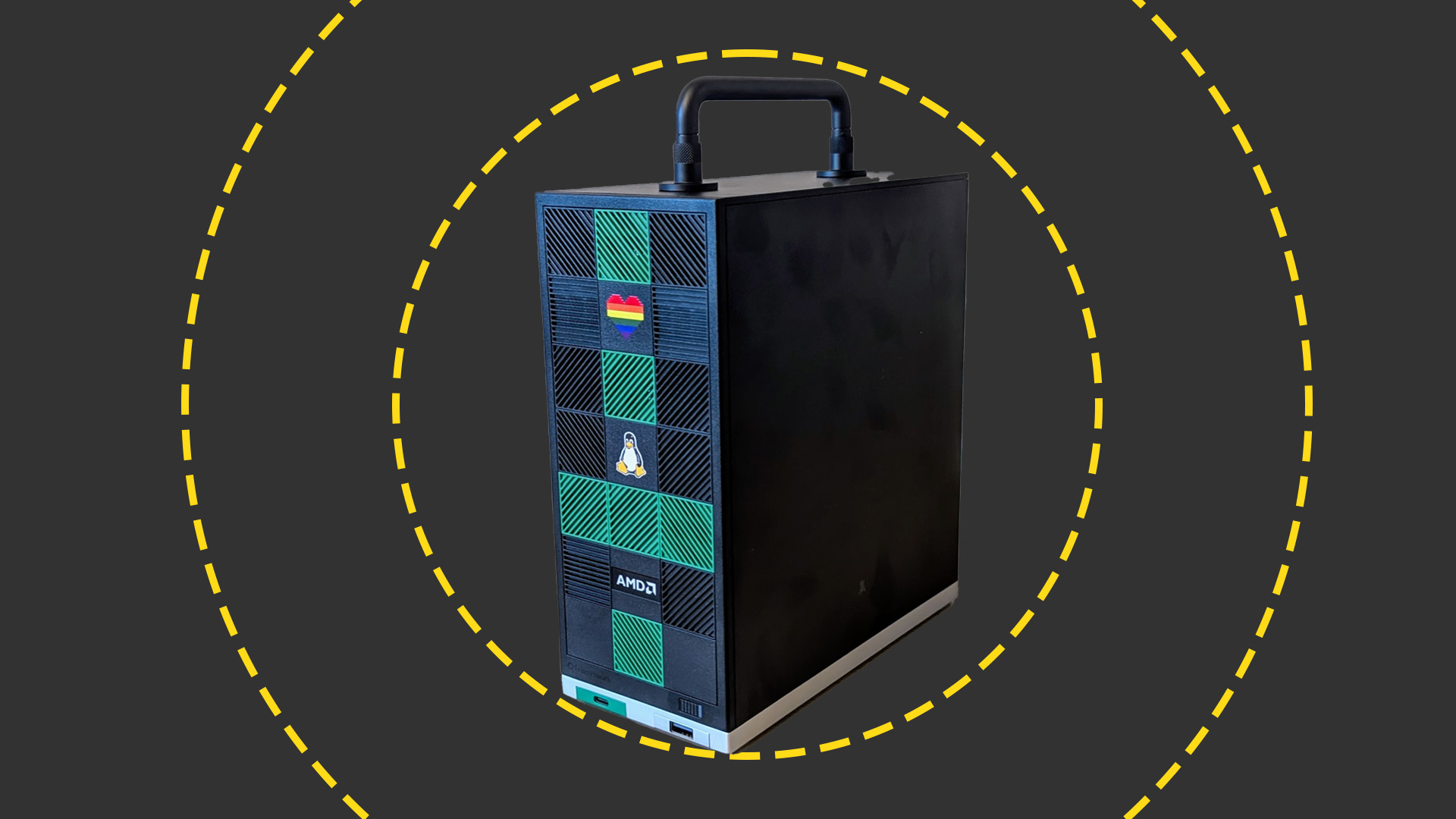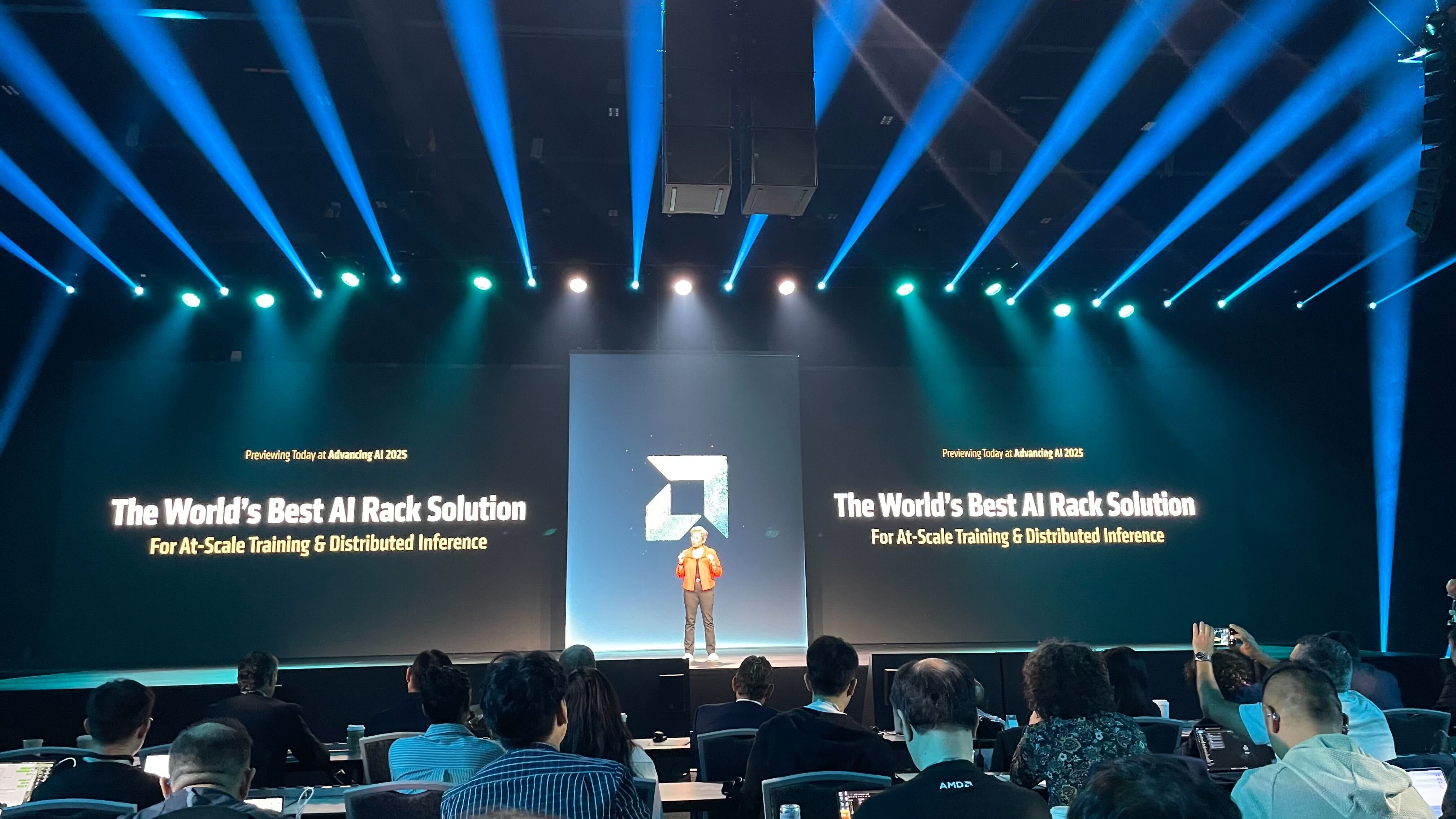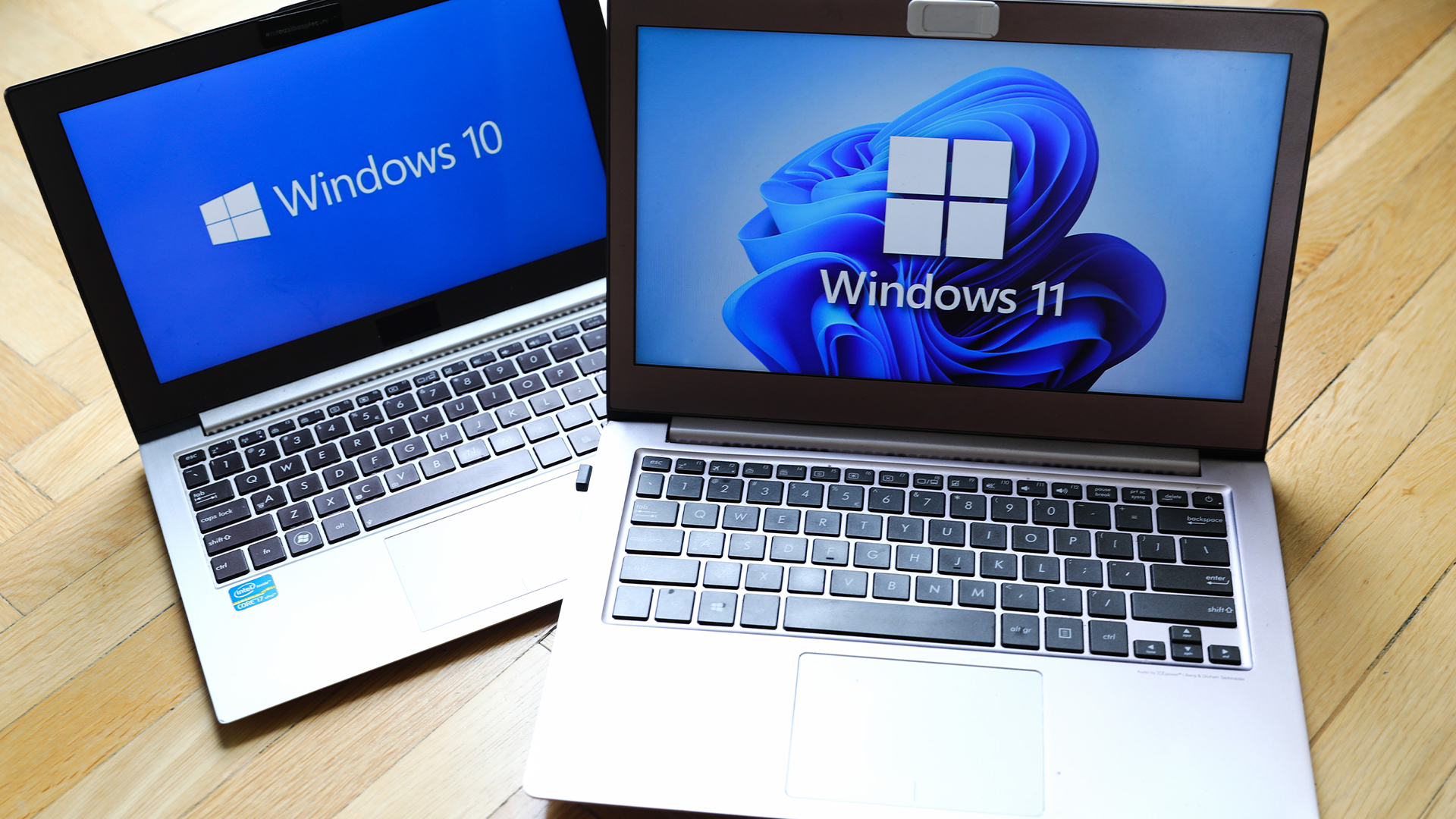AMD and Intel’s new x86 advisory group looks to tackle Arm, but will it succeed?
The pair will look to make x86 CPU architecture more interoperable


Intel and AMD have announced they will partner up to create an ‘x86 ecosystem advisory group’ in a move some experts think will help the pair fight off competition from UK chipmaker Arm.
The x86 is a complex instruction set computer (CISC) architecture that powers most of the world’s CPU market - according to Statista, Intel’s x86 processors made up 71% of laptop CPUs in Q3 2024.
Arm, meanwhile, produces a rival CPU architecture with the aim of cutting in on x86’s action in the industry.
Ben Bajarin, CEO and principal analyst at Creative Strategies, told ITPro that while the x86 architecture still dominates the CPU market, this move could help to fight off challenges from the firm.
The new advisory board will bring together several big names in tech as founding members, including Broadcom, Dell, Google, Hewlett Packard Enterprise (HPE), HP, Lenovo, Meta, Microsoft, Oracle, and Red Hat.
Interoperability is the key focus here, and the group will look to expand the x86 ecosystem through enhanced compatibility across different platforms, simplified software development, and provisions for developers.
The group wants to create a more unified set of instructions and architectural interfaces to ensure predictability and consistency across x86 products. To do this, the pair will field technical input from x86 hardware and software communities.
Sign up today and you will receive a free copy of our Future Focus 2025 report - the leading guidance on AI, cybersecurity and other IT challenges as per 700+ senior executives
For x86 users, the intended benefits are greater levels of customer choice, standardized product interfaces across Intel and AMD x86 offerings, and greater levels of integration with operating systems, frameworks, and applications.
“We are on the cusp of one of the most significant shifts in the x86 architecture and ecosystem in decades – with new levels of customization, compatibility and scalability needed to meet current and future customer needs,” Intel CEO Pat Gelsinger said.
Will x86 stay on top?
At present, x86 commands a 90% share of the data center CPU market and 90% of the client CPU market, according to Bajarin. The advisory group is fighting off Arm in those areas more than anything else, he added, highlighting the necessity of the move.
Arm is a sizable competitor though. The firm has over 90% share of the mobile applications CPU market, according to Statista, and a 65% share of the global Internet of Things (IoT) market.
Bajarin said while the launch of the new advisory group could enable member firms to better shape the future of x86, there are still lingering concerns with regard to intel and AMD.
“This is a welcomed effort, but I'm not sure if it means more consistent and compatible extensions or not, as I expect Intel and AMD to still maintain some degree of differentiation with their versions,” Bajarin said.
RELATED WHITEPAPER

There are a lot of underlying architectural characteristics Bajarin expects this move to have an impact on, though, and the deal will likely bolster more consistent software and hardware experiences.
Bajarin questioned how the move would help the x86 fit into the new world of AI, which AMD seemed to suggest it would. The chip maker emphasized the importance of a robust x86 ecosystem, adding that it will be crucial in the current landscape characterized in part by AI workloads.
Seeing as the x86 architecture doesn’t play much of a role outside of host CPUs in data centers, and that most AI workloads run on GPUs or non-x86 AI accelerators, Bajarin remains unconvinced about how the move would fit into plans for AI.

George Fitzmaurice is a former Staff Writer at ITPro and ChannelPro, with a particular interest in AI regulation, data legislation, and market development. After graduating from the University of Oxford with a degree in English Language and Literature, he undertook an internship at the New Statesman before starting at ITPro. Outside of the office, George is both an aspiring musician and an avid reader.
-
 Gender diversity improvements could be the key to tackling the UK's AI skills shortage
Gender diversity improvements could be the key to tackling the UK's AI skills shortageNews Encouraging more women to pursue tech careers could plug huge gaps in the AI workforce
-
 Researchers claim Salt Typhoon masterminds learned their trade at Cisco Network Academy
Researchers claim Salt Typhoon masterminds learned their trade at Cisco Network AcademyNews The Salt Typhoon hacker group has targeted telecoms operators and US National Guard networks in recent years
-
 Nvidia’s Intel investment just gave it the perfect inroad to lucrative new markets
Nvidia’s Intel investment just gave it the perfect inroad to lucrative new marketsNews Nvidia looks set to branch out into lucrative new markets following its $5 billion investment in Intel.
-
 Framework Desktop review: Modular design and ferocious AMD performance
Framework Desktop review: Modular design and ferocious AMD performanceReviews AMD's Ryzen Max CPUs debut in Framework's impressive modular self-build small-form desktop PC
-
 The US government's Intel deal explained
The US government's Intel deal explainedNews The US government has taken a 10% stake in Intel – but what exactly does the deal mean for the ailing chipmaker?
-
 US government could take stake in Intel as chip giant's woes continue
US government could take stake in Intel as chip giant's woes continueNews The move would see increased support for Intel’s manufacturing operations
-
 Dell says Windows 11 migration is a prime opportunity to overhaul ageing PC fleets – and AI devices are in the spotlight
Dell says Windows 11 migration is a prime opportunity to overhaul ageing PC fleets – and AI devices are in the spotlightNews The shift to Windows 11 means IT leaders can ditch old tech and get their hands on AI PCs
-
 AMD chief exec Lisa Su says its new Helios AI rack is a 'game changer' for enterprises ramping up inference – here's why
AMD chief exec Lisa Su says its new Helios AI rack is a 'game changer' for enterprises ramping up inference – here's whyNews The integrated hardware offering will feature upcoming AMD chips and networking cards
-
 AMD Advancing AI 2025: All the latest news and updates from San Jose
AMD Advancing AI 2025: All the latest news and updates from San JoseFollow all the news and updates live from AMD's latest Advancing AI conference
-
 What enterprises need to be Windows 11 ready
What enterprises need to be Windows 11 readySupported Hardware purchasing will play a key role in delivering success during the Windows 11 migration rush